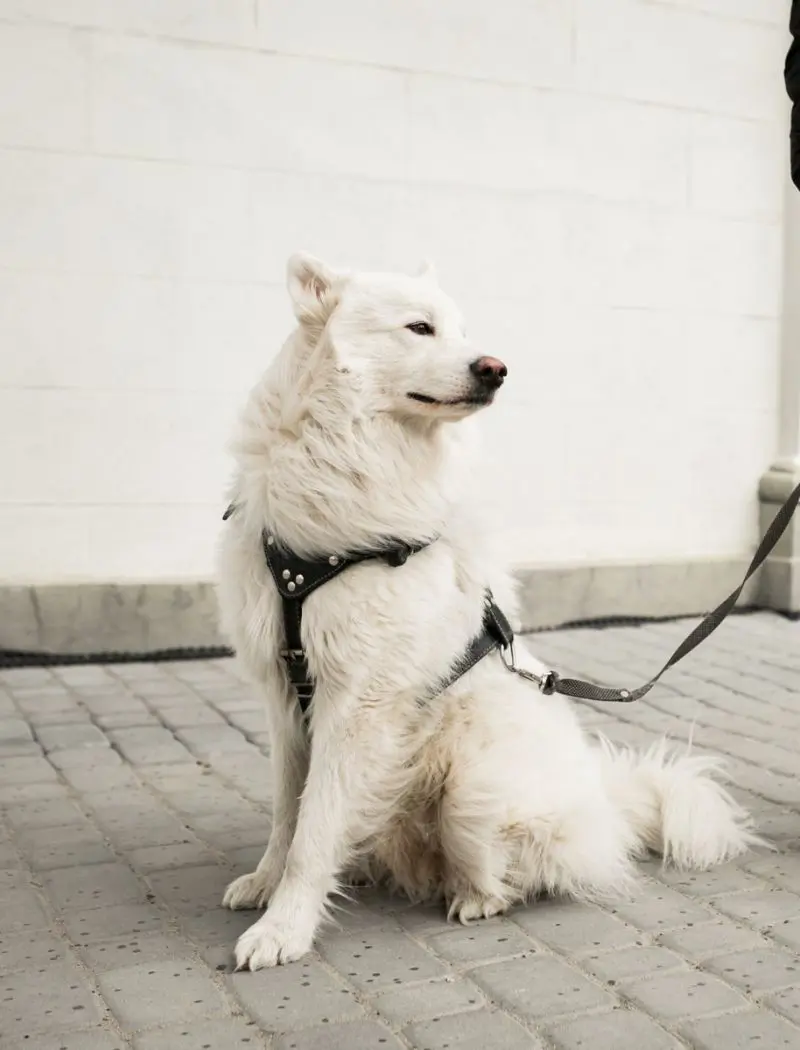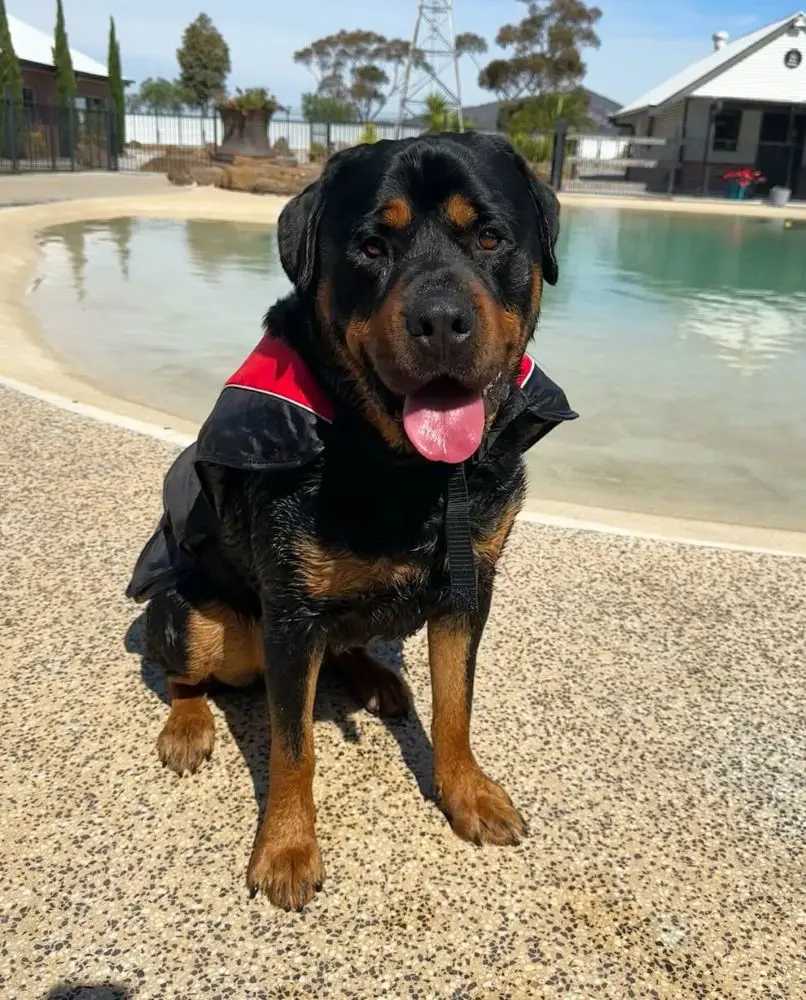What Are Dogs Afraid Of? 10 Common Dog Fears And Phobias
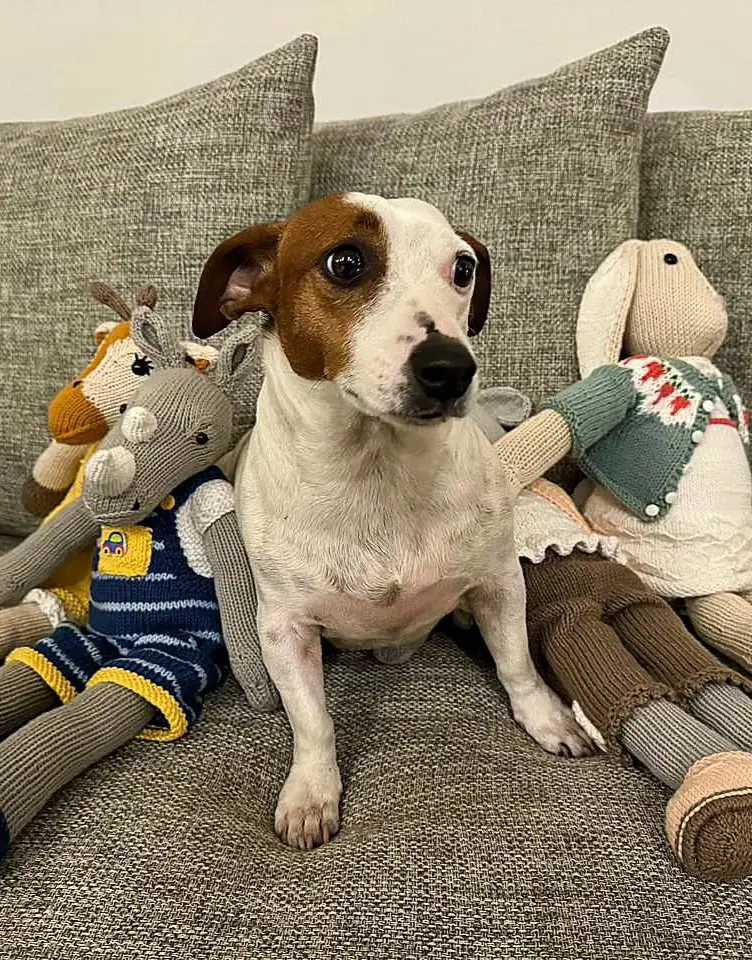
Becoming a dog owner comes with certain responsibilities, including identifying their fears and phobias. From an unpleasant sound to an unfamiliar scent, many factors can trigger a fear response.
Understanding a dog's psychology can be complicated; a seemingly harmless object to humans can bring a terrifying reaction. In most cases, these fears and phobias are not irrational. The triggers are often associated with the canine's personal trauma from a past experience or a defensive instinctual behavior inherited from their wild ancestors.
These are the 10 common dog fears and phobias every dog owner should be aware of.
1. Loud Noises
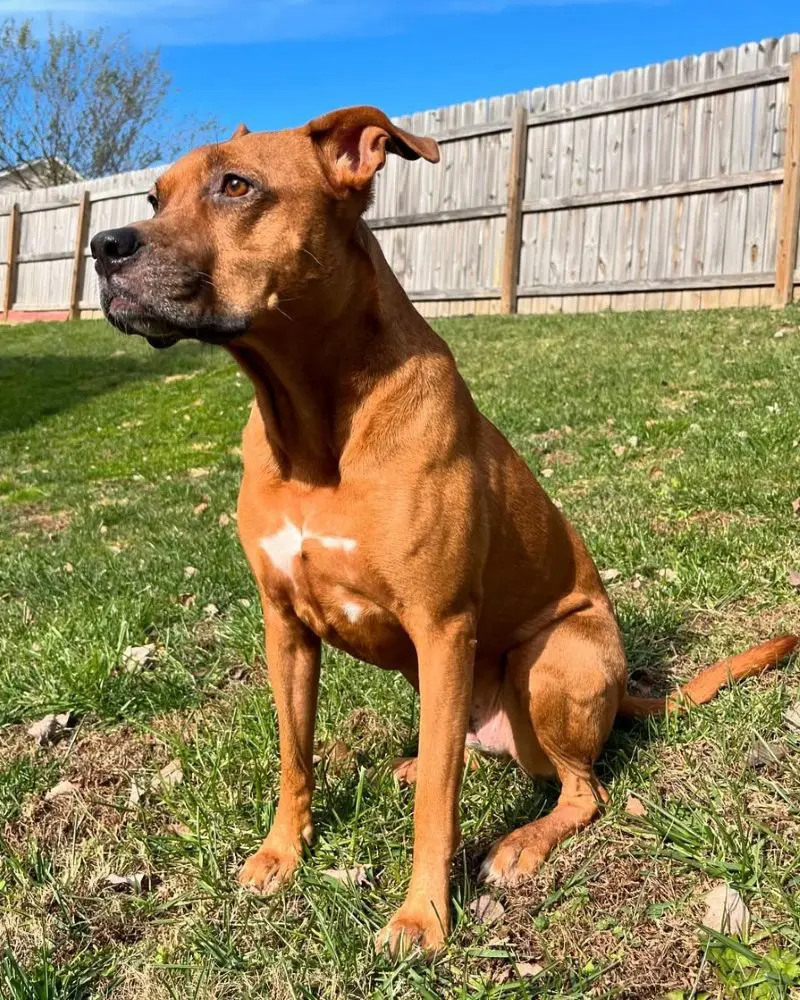
A common trigger in many dogs, loud noises can leave a pup trembling for hours. Sounds from fireworks or loud vehicle horns can cause pets to behave in weird ways, often hinting towards fear or phobia.
Fear of sound is usually a result of genetic anomaly and can develop during any stage of the dog's life. Pups usually show their fear at an early age, possibly when they are around 3-14 weeks old. However, it's not uncommon for dogs to develop a fear of noise after they reach adulthood.
Similarly, dogs suffering from ear infections or other ear conditions can also become afraid of noises. In this case, however, the fear isn't directly triggered by the noise, but by the irritation or discomfort caused by it.
2. Other Dogs
Dogs are territorial animals; what happens if a fierce dog invades your dog's territory? While your companion may be more than willing to scare off smaller animals, larger and more muscular animals may not be as easy to chase away.
If an intimidating dog crosses your pet's path, fear should be the least of your concerns. Larger dogs mean more bite strength, which can cause serious damage to your dog's body. When you notice your dog being scared of another dog, provide comfort and assurance that everything is all right.
3. Strangers
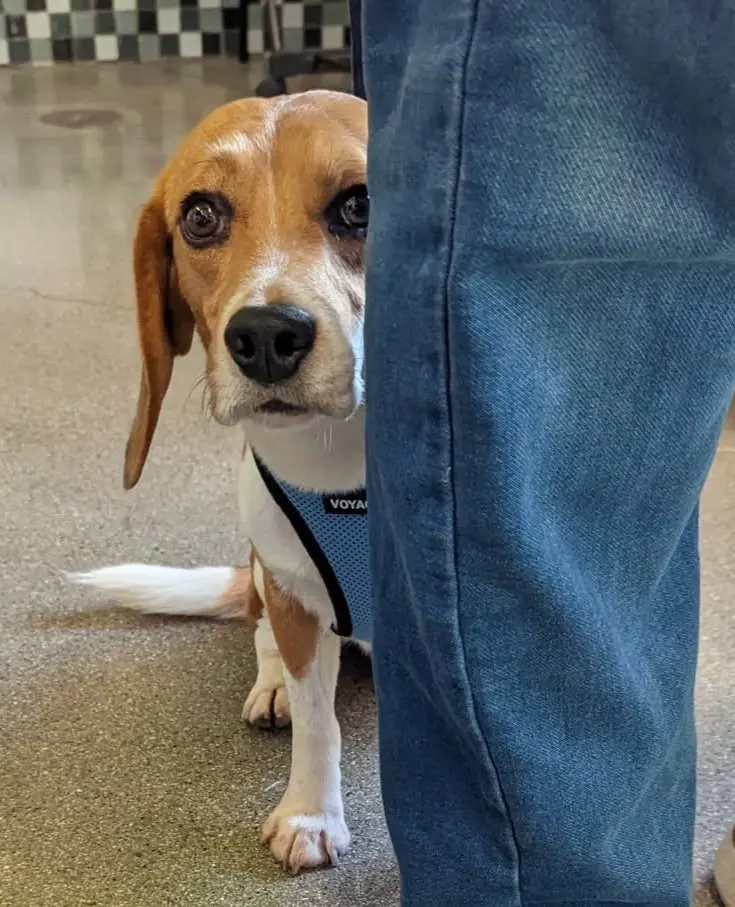
As a household pet, a dog's worldview is limited to their home and its surroundings. They are well-accustomed to the smell of the humans of their family, whom they welcome openly.
Occasionally, the dog may across a stranger; as the canine can't identify the person's smell, it may consider the unknown human as a threat. When the dog is scared, it will show multiple signs like cowering, trembling, avoiding eye contact, or a combination of these. While some dogs might bark or growl, others will back away to create distance, displaying defensive behavior to protect themselves. In extreme cases, a dog might attempt to flee or, if cornered, resort to snapping or biting as a last resort.
4. Veterinary Visits
Veterinarians are usually kind and friendly to dogs. So, why are some dogs so afraid to go to the vet? Well, the vet isn't probably the one causing tremors to your dog but the unfamiliarity of the vet's office.
When making a scheduled visit to the vet, the dog has to go through an entirely new territory habituated by strange humans and animals. Also, the treatment/procedures canines undergo at the clinic are not very comforting to them either; vet services like vaccinations and physical examinations can be painful.
As a result, the dog may have developed a negative perspective of the vet. Simply, the idea of going to the vet can be terrifying to the dog.
5. Being Left Alone (Separation Anxiety)

Did you know that every time you leave home, the dog thinks you are gone forever? That's why they get so stressed out when the owner departs and overjoyed when they finally return.
Being left alone is a horrifying feeling for dogs; they can get restless, drool excessively, and engage in destructive activities. Biting their owners' shoes, chewing off furniture, and blocking the front door are just some minor symptoms of a condition called separation anxiety in dogs. The condition normally arises when the dog is too attached to the family.
Separation anxiety can have long-term consequences for the dog's health if not managed in time. The treatment involves reducing the dog's dependency on its owners by getting them engaged in other activities. Interactive toys, like treat dispensers, puzzles, and squeaky toys can keep the pup busy when the owners are gone from the house.
If possible, you should also consider getting a second pet to keep your dog company. Getting a smaller breed, if you have a large pooch, or even a cat will make sure that your pet will never become lonely again.
6. New or Unfamiliar Environments
Due to their territorial nature, dogs are instinctually designed to be cautious of unfamiliar environments. In the wild, moving into a new surrounding could expose them to predators; this instinct drives them to be naturally aware of alien territory.
Dogs rely heavily on their senses of smell, hearing, and sight. New environments can overwhelm them with unfamiliar scents or sounds. The canine may also show signs of anxiety, as they struggle to process their surroundings.
Sometimes, a lack of proper socialization is a contributing factor. If the puppies don't get access to a variety of sights, sounds, smells, and experiences, they may grow up being more fearful or hesitant when encountering anything new.
7. Thunderstorms
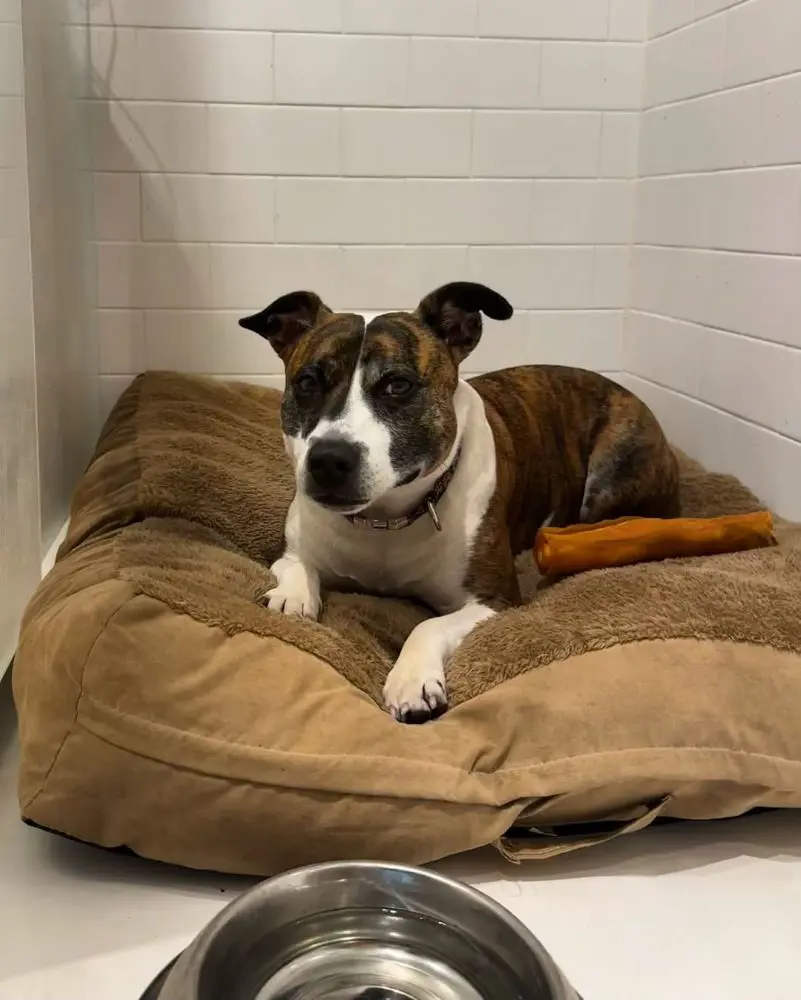
Thunderstorms bring loud noises and flashes of lightning that can send your pup cowering to a safe spot. As they have highly sensitive hearing, dogs can detect the low-frequency sounds and vibrations of thunder that humans might not notice. Likewise, dogs may also perceive the sound as a potential threat, with the unpredictable noises acting as a trigger for their fight-or-flight response.
During a thunderstorm, prepare a secure spot by placing familiar items like their bed, toys, or a piece of your clothing with your scent to comfort them. Some dogs may crave their owner's sympathy during such stressful periods; a tight hug and some cuddle time can work wonders too.
8. Children
As innocent as they are, kids are unpredictable. They can start crying suddenly or act rude to the dog without even noticing. Worst of all, there is always a child physically harming a dog by rough handling its delicate organs.
Dogs are generally friendly with kids and, sometimes, the pair becomes an example of true friendship. But, if the dog was not exposed to kids during its early years, it may take time to warm up to the kids.
Some dogs, especially those that were rescued, might associate kids with a past traumatic experience. If the dog was abused by a child during its puppyhood, the experience can be a source of lifelong trauma.
9. Car Rides
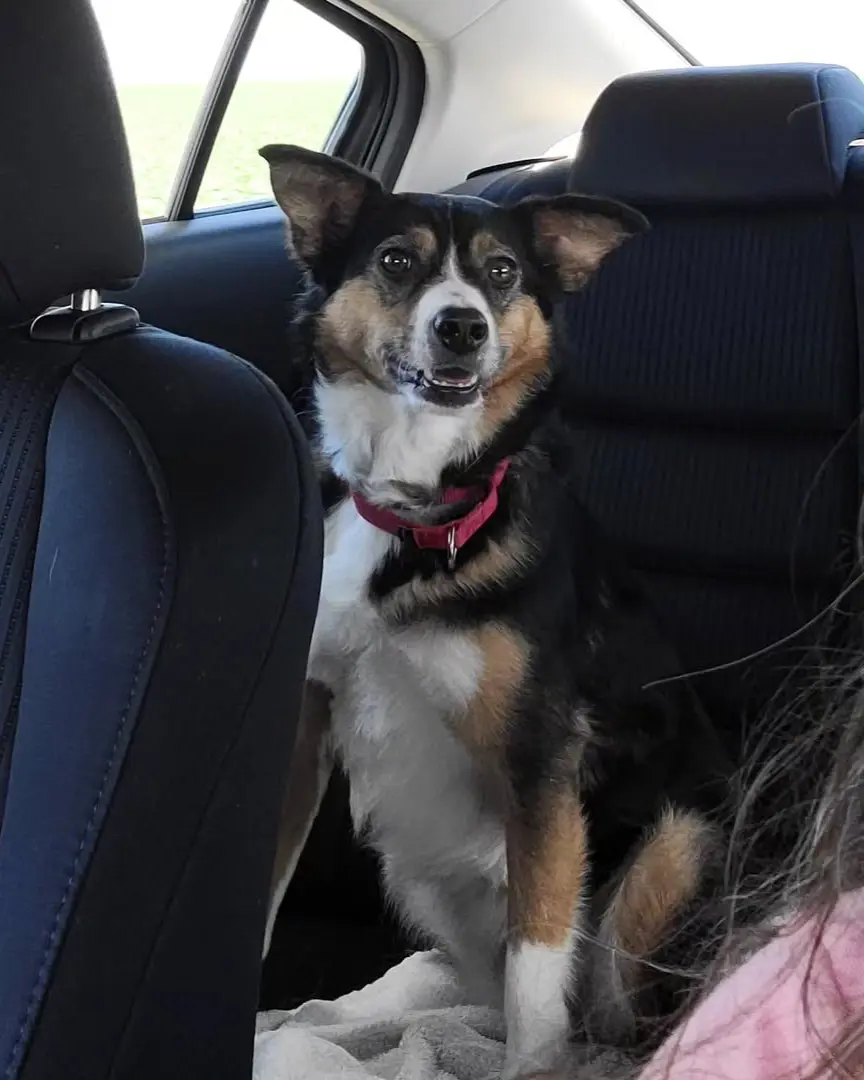
While car rides are a fun experience for most dogs, some dogs are prone to motion sickness which can make rides extremely unpleasant. Dogs with this condition can become nauseated and may also have other symptoms like restlessness, drooling, and even vomiting.
Anxiety is another reason why some dogs don't like car rides. Negative associations, like being taken to the vet, can cause stress, which worsens nausea. Dogs may also become nervous due to unfamiliar sights as they come into alien places.
Using a secure crate can significantly reduce the discomfort dogs experience during travel. You should also consider getting them acclimated to rides through short trips with treats as rewards for each completed trip.
10. Unusual Objects
When dogs become part of a household, their curious nature drives them to identify the tiniest objects inside their home. A new object can be interpreted as a sign of an intrusion.
The new scent added to the house, along with a mysterious shape, can trigger primal instinct in canines. They will try to distance away from the object or even try to attack it.
Parcels that are delivered when the owners are not at home or a new piece of decorative item may be left lying in a spot for a significant time. The dog will eventually become aware that the object is harmless, and not a threat to its safety.
What Animals Are Dogs Afraid Of?

Here’s a breakdown of some animals that dogs are often afraid of:
1. Snakes
Dogs instinctively fear snakes, as they are unpredictable and potentially lethal. A snake’s sudden movements, hissing sounds, or striking behavior can trigger a dog’s survival instincts.
Similarly, many snakes also produce a unique smell that could be perceived as a sign of threat. However, this fear is beneficial, as the dog can avoid potentially venomous encounters or save its life.
2. Cats
Cats often display defensive behaviors like hissing, swiping, or arching their backs when they feel threatened. These reactions, combined with sharp claws, can intimidate a dog, especially if the pup is smaller or inexperienced.
Occasionally, a single unpleasant encounter can create lasting fear, as dogs are quick to associate such experiences with danger. Additionally, canines can also misinterpret a cat’s body language or movements. A sudden action from a cat can confuse or startle the dog, making them fearful of canines.
3. Bees And Wasps
Bees and wasps don't just annoy dogs with their buzzing sounds, these flying insects can also inflict painful stings. Imagine being outside, enjoying the fresh air, when a tiny creature suddenly lands on you and delivers a sharp, burning sting.
Dogs experience something similar but with heightened sensitivity, especially if they've been stung before. The sound alone can bring back memories of discomfort, making dogs wary or even panicked.
Unlike humans, dogs don’t always understand the source of the danger. A curious sniff or snap at a bee can end in an unpleasant surprise, reinforcing their fear.
4. Wild Animals
Dogs’ fear of wild animals is deeply rooted in survival instincts which has saved their lives in many instances. This fear helps them avoid potentially dangerous encounters with predators like wolves or bears, which could harm or kill them. Much like humans learning to stay away from danger, dogs instinctively recognize the threat that wild animals pose.
In the U.S., domesticated dogs are most likely to encounter animals such as coyotes, raccoons, and even bears in rural areas. Each of these animals poses its own risks - coyotes may view small dogs as prey, while raccoons can be aggressive when threatened.
Recent posts
Dogs
How To Put A Dog Harness On: Step By Step
A dog harness is a popular and safe alternative to a neckband that is designed to distribute pressure more equally across the structure while walking or running. They are worn around the chest and torso, making them a comfortable option for many dogs...
15 Webbed Feet Dogs Breeds That Can Swim
Dogs often become excited when they are near a water body like a pool, river, or beach. Unlike cats, canines are not wary of water and are usually seen enjoying their swims at their nearby water hole. However, enthusiasm alone doesn't dictate a dog's...
20 Fun Activities For Dogs During Winter
Winter can be a great time to embrace the chilly season with creative activities that keep your furry friend happy and entertained. They provide a perfect opportunity to explore unique ways to bond with your dog. From snowy outdoor experiences to coz...
How To Introduce Baby To Dog: A Step By Step Guide
Adding a new baby to your home is exciting, but it can also be a big change for your dog. A dog's natural curiosity involves a patient, prepared, and considerate introduction to a newborn baby. A smooth transition is important for the safety of your ...
Do Dogs Cry? What Does Their Tears Mean
Dogs are known to shed tears as a way to lubricate their eyes and not because of sadness or emotional pain like humans. Tears in dogs may indicate medical issues like eye infections or blocked tear ducts that may cause discomfort to them. It is very ...
20 Haircut For Pomeranian Dog Breed
Pomeranians along with their lively personalities are also well known for their luxurious and dense fur. They are attractive, charming, and confident dog species that require proper care for their fur. There are several grooming styles for these dogs...
